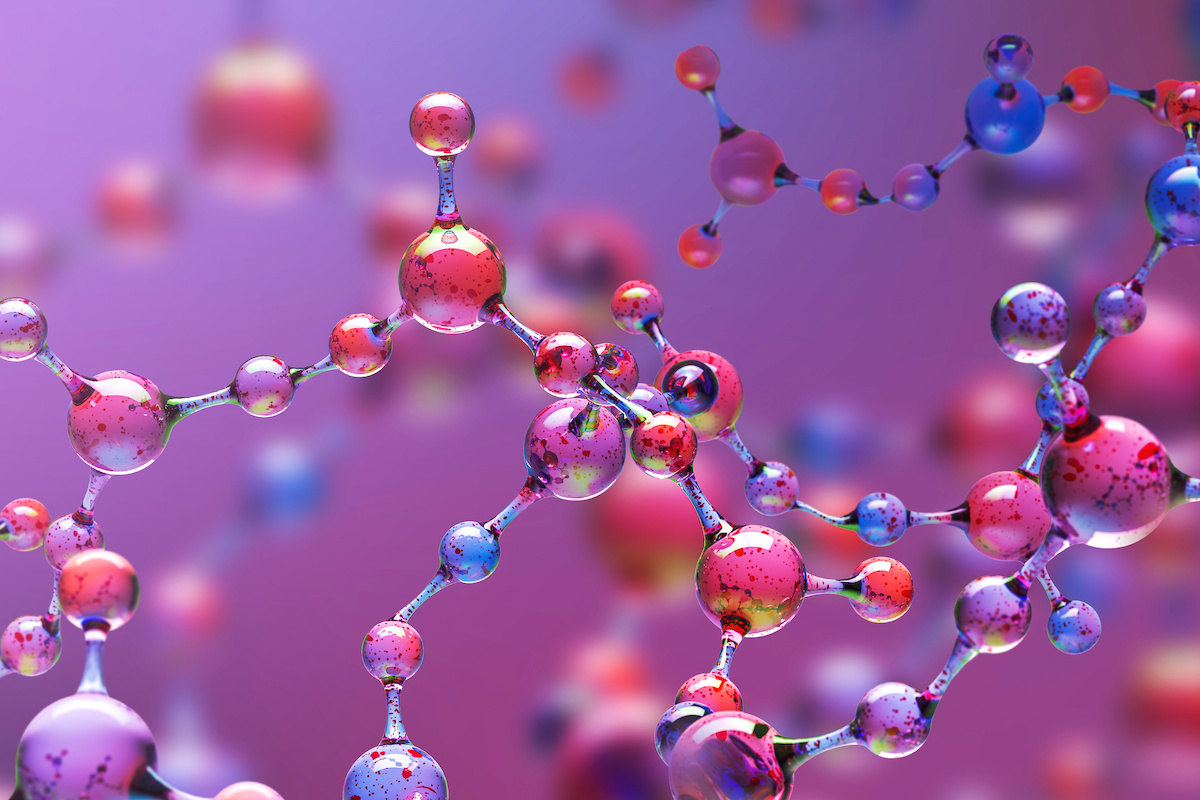What the famous Miller-Urey experiment got wrong

- The famous experiment showed that a mixture of gases and water could produce amino acids and other biomolecular precursors.
- However, new research shows that an unexpected factor may have played a major part in the result: glassware.
- Complex experiments need good controls, and the Miller-Urey experiment failed in this regard.
Science in the early 20th century was undergoing many simultaneous revolutions. Radiological dating numbered the years of Earth’s existence in the billions, and eons of sediment demonstrated its geological evolution. The biological theory of evolution had become accepted, but mysteries remained about its selection mechanism and the molecular biology of genetics. Remnants of life dated far, far back, beginning with simple organisms. These ideas came to a head with the question of abiogenesis: could the first life have sprung from non-living matter?
In 1952, a graduate student named Stanley Miller, just 22 years old, designed an experiment to test whether the amino acids that form proteins could be created under the conditions thought to exist on the primordial Earth. Working with his Nobel Prize-winning advisor Harold Urey, he performed the experiment, which is now told time and again in textbooks all over the world.
The experiment mixed water and simple gases — methane, ammonia, and hydrogen — and shocked them with artificial lightning within a sealed glass apparatus. Within days, a thick colored substance built up at the bottom of the apparatus. This detritus contained five of the basic molecules common to living creatures. Revising this experiment over the years, Miller claimed to find as many as 11 amino acids. Subsequent work varying the electrical spark, the gases, and the apparatus itself created another dozen or so. After Miller’s death in 2007, the remains of his original experiments were re-examined by his former student. There may have been as many as 20-25 amino acids created even in that primitive original experiment.
The Miller-Urey experiment is a daring example of testing a complex hypothesis. It is also a lesson in drawing more than the most cautious and limited conclusions from it.
Did anyone consider the glassware?
In the years following the original work, several limitations curbed excitement over its result. The simple amino acids did not combine to form more complex proteins or anything resembling primitive life. Further, the exact composition of the young Earth did not match Miller’s conditions. And small details of the setup appear to have affected the results. A new study published last month in Scientific Reports investigates one of those nagging details. It finds that the precise composition of the apparatus housing the experiment is crucial to amino acid formation.
The highly alkaline chemical broth dissolves a small amount of the borosilicate glass reactor vessel used in the original and subsequent experiments. Dissolved bits of silica permeate the liquid, likely creating and catalyzing reactions. The eroded walls of the glass may also boost catalysis of various reactions. This increases total amino acid production and allows the formation of some chemicals which are not created when the experiment is repeated in an apparatus made of Teflon. But, running the experiment in a Teflon apparatus deliberately contaminated with borosilicate recovered some of the lost amino acid production.
Complex questions need carefully designed experiments
The Miller-Urey experiment was based on a complicated system. Over the years, many variables were tweaked, such as the concentration and composition of gases. For the purpose of demonstrating what might be plausible — that is, whether biomolecules can be created from inorganic materials — it was stunningly successful. But there wasn’t a good control. We now see that might have been a pretty big mistake.
One of the elements of art in science is to divine which of innumerable complexities matter and which do not. Which variables can be accounted for or understood without testing, and which ones can be cleverly elided by experimental design? This is a borderland between hard science and intuitive art. It is certainly not obvious that glass would play a role in the outcome, but it apparently does.
A more certain and careful form of science is to conduct an experiment that varies one and only one variable at a time. This is a slow and laborious process. It can be prohibitively difficult for testing complex hypotheses like, “Could life evolve from non-life on the early Earth?” The authors of the new work performed just such a single-variable test. They ran the entire Miller-Urey experiment multiple times, varying only the presence of silicate glass. The runs performed in as glass vessel produced one set of results, while those using a Teflon apparatus produced another.
Systematically marching through each potential variable, one at a time, might be called “brute force.” But there is art here too, namely, in deciding which single variable out of many possibilities to test and in what way. In this case, we learned that glass silicates played an important role in the Miller-Urey experiment. Perhaps this means that silicate rock formations on the early Earth were necessary to produce life. Maybe.





